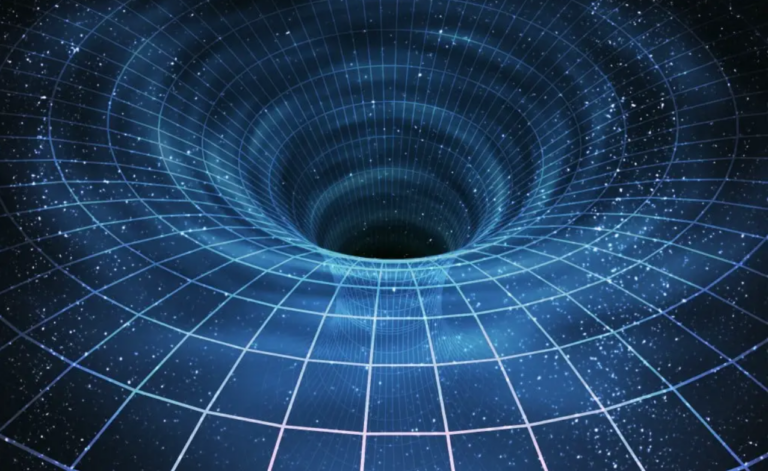Black holes are mysterious objects that exist in the vastness of the universe. They are celestial phenomena that cause space and time to become severely distorted, making them impossible to traverse even for light, which is the fastest entity. According to Einstein’s theory of general relativity, these mysterious objects have singularities at their core, where the mass of countless stars collapses into extremely small volumes. However, recent scientific literature questions the long-held belief that black holes exist indefinitely and suggests that there may be a fundamental misunderstanding about their true nature, especially when it comes to their central characteristics.
The Conundrum of Singularities
Astronomers and physicists have long struggled with the idea of singularities within black holes, questioning their validity. The concept of an object having mass but no volume, resulting in infinite density, goes against the laws of nature. These infinities, often discussed in theory, do not have a physical presence in reality. Instead, they highlight the limitations of current mathematical frameworks, indicating the need for new mathematical approaches.
One example of this is seen in Newton’s law of gravity, which suggests that gravitational attraction decreases as the square of the distance between two objects increases. According to this law, as an object gets closer to the Earth, gravitational force should theoretically increase infinitely. However, observations show a different outcome, requiring more complex models to accurately describe gravitational interactions. Similarly, while Einstein’s general relativity predicts singularities in black holes, the accuracy of these predictions diminishes at extremely small scales, leading to the exploration of alternative theories like quantum gravity.
Quantum Gravity
Quantum gravity is a theoretical concept that combines gravitational principles with quantum mechanics on a small scale. Among various theoretical frameworks, loop quantum gravity is a notable proposal.
Loop quantum gravity presents a mathematically precise formulation that depicts space-time as a dynamic network of interconnected loops. These loops, referred to as spin networks, offer a mathematical representation of interactions between particles and fields. Additionally, loop quantum gravity suggests the quantization of space-time, suggesting the presence of a fundamental unit that cannot be further divided.
Application to Black Hole Interiors
Researchers like Abhay Ashtekar, Javier Olmedo, and Parampreet Singh have been working hard to expand the scope of loop quantum gravity to include the interiors of black holes, despite the complex mathematical nature of this endeavor. Their findings challenge traditional beliefs about singularities, proposing a space-time curvature so extreme that it prevents the formation of singularities. Instead, the resulting space-time continuum displays properties similar to those of a white hole, which is a theoretical object that emits matter rather than absorbing it.
A Shift in Perspective
A potential explanation for these discoveries suggests a recurring sequence in which matter collapses under the force of gravity inside black holes, only to then rebound and be propelled outward into the universe. Due to the time dilation near the cores of black holes, this process takes place over incredibly long periods, potentially spanning epochs. Nevertheless, it is crucial to approach these hypotheses with caution, as theoretical ideas must undergo empirical testing before they can be scientifically confirmed.
Towards Experimental Validation
Efforts are still underway to validate these theoretical assumptions through empirical observation. The study of high-energy astronomical events, such as cosmic rays and fast radio bursts, provides fascinating opportunities to explore the transition from black holes to white holes. By continuously improving calculations using loop quantum gravity, we have the potential to gain a better understanding of previously unexplained cosmic phenomena, thus enhancing our knowledge of the universe’s past and future paths.
To summarize, while the idea of black holes transforming into white holes is intriguing, its confirmation relies on thorough empirical investigation and theoretical advancement. Only by collaborating across disciplines can we hope to unravel the mysteries surrounding these enigmatic cosmic entities and uncover the true essence of the universe’s temporal fabric.
Do not forget to share your opinion with us to provide you with the best posts !




0 Comments